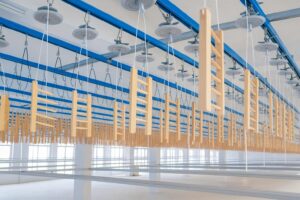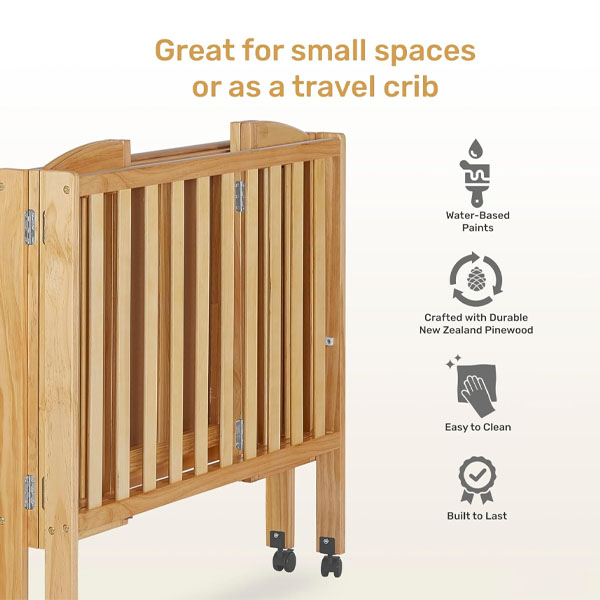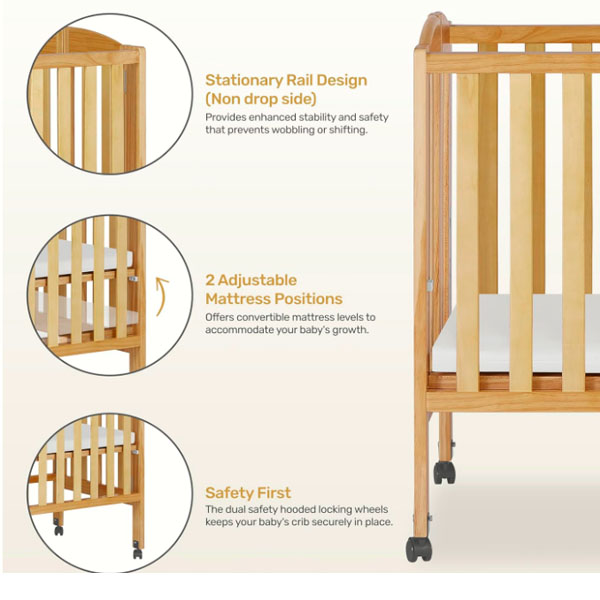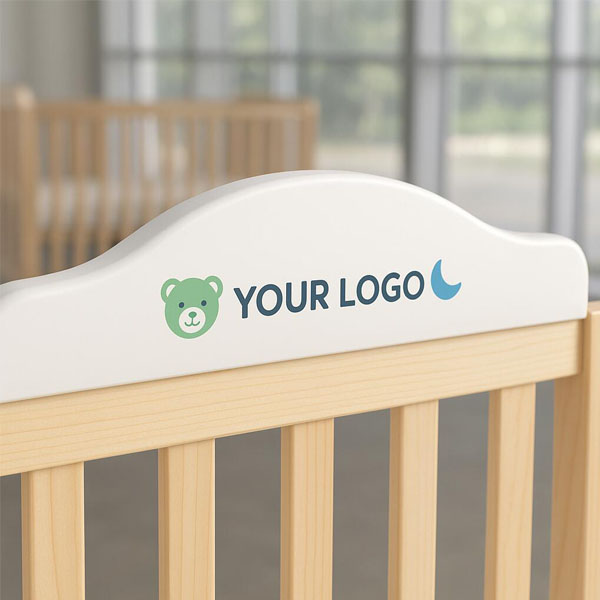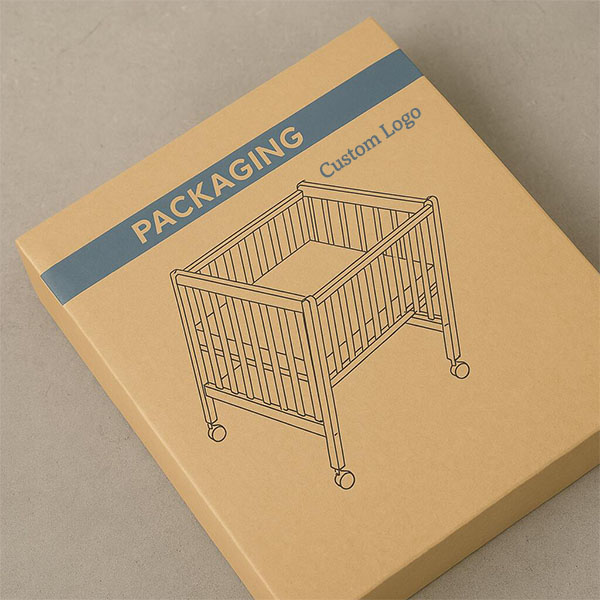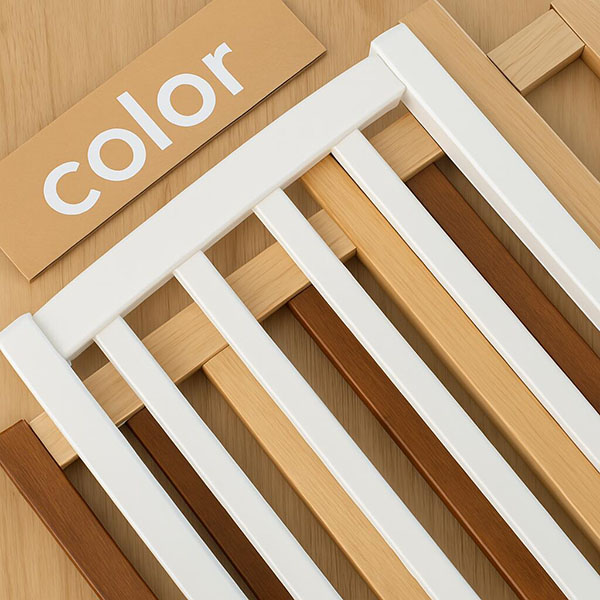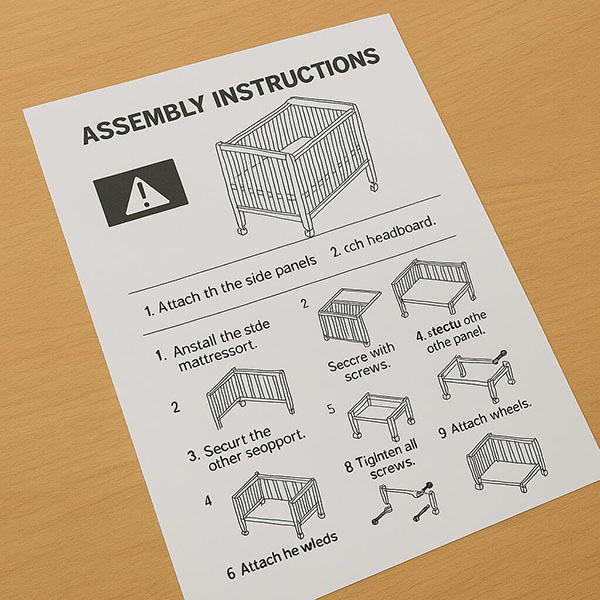How to Design a Fun & Comfortable Kids’ Room (Expert Guide + Creative Steps)
A well-designed kids’ room is more than just adorable decor—it’s a space where children play, rest, imagine, and grow. It should balance creativity and comfort with practical features that evolve as your child does.
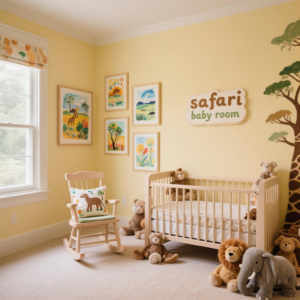
🧠 STEP 1: Start With Your Child’s Needs & Growth in Mind
Children’s rooms should be designed around their age, personality, and developmental stage—not just aesthetics.
✅ Ask Yourself:
- What’s their current age (and how will they grow in the next 3–5 years)?
- What do they love to do? (Draw? Build LEGO? Pretend play?)
- How independent are they becoming?
🧠 Pro Tip:
Apply Montessori principles by creating an environment that encourages independence—low shelves, easy-access storage, and cozy self-directed spaces help build confidence and autonomy.
🎨 STEP 2: Choose a Color Palette That Inspires & Soothes
Color plays a huge role in mood, energy, and sleep. It’s not just about beauty—it’s about creating the right emotional atmosphere.
🎨 Creative Color Combos:
| Style | Palette | Mood |
|---|---|---|
| Calming & Restful | Dusty blue + Cream gray + Ivory | Relaxing, secure |
| Artistic & Energetic | Berry red + Mint green + Natural wood | Creative, vibrant |
| Nature Inspired | Moss green + Sand beige + Fog white | Grounding, peaceful |
🧠 Pro Tip:
Use non-toxic, low-VOC paint. Consider a chalkboard wall or magnetic paint section to encourage creativity.
🛏 STEP 3: Smart Space Planning = Zones + Flow + Flexibility
Kids’ rooms need to support multiple activities: sleep, play, study, and storage—without feeling chaotic.
🌟 Ideal Room Zones:
- Sleep Zone: Soft lighting, cozy textures, a nightlight for comfort
- Play Area: Padded rug, accessible toy bins, space to move freely
- Learning/Creative Zone: Adjustable desk, art wall, storage for books & crafts
🧠 Pro Tip:
Use modular furniture that adapts as your child grows—like height-adjustable desks and storage units with removable bins.
🪄 STEP 4: Add Playful, Functional Decor That Sparks Imagination
Decor should do more than decorate—it should engage your child’s imagination and serve a purpose.
🧸 Smart Decor Ideas:
- Canopy nook or reading tent = a magical hideaway for books and quiet time
- Magnetic or pegboard wall = display artwork, hang tools or toys
- DIY lighting = cloud lamps, star projectors, or fairy lights add wonder
🧠 Design Psychology Tip:
Let your child participate in choosing colors, artwork, or small decor pieces. A sense of ownership increases their emotional connection to the space.
📦 STEP 5: Build Smart Storage Into Every Corner
Children come with lots of stuff, and clutter builds quickly. That’s why storage must be strategic and stylish.
Pro Storage Tips:
- Under-bed drawers + clear bins + label-friendly organizers
- Use image-based labels to help younger kids organize easily
- Maximize walls with floating shelves, hooks, or pocket storage
🧠 Future-Proof Design:
Choose convertible furniture (crib → bed), neutral dressers, and decor that’s easy to swap out as tastes change.
✅ Conclusion: A Great Kids’ Room = Joy + Comfort + Practicality
A well-balanced kids’ room should support four key pillars:
- Visual Joy – Colors and textures that make the space feel special
- Emotional Safety – A cozy, personalized corner they can call their own
- Practical Functionality – Easy storage, adaptable layout, smart lighting
- Growth Flexibility – Furniture and decor that evolve with them
🚀 SEO Tip Sheet (for blogs, product pages, or guides):
- Use focused keywords like “kids room ideas,” “functional kids room,” “Montessori bedroom design,” or “storage solutions for kids”
- Structure with clear H2/H3 tags
- Add ALT text to all images (e.g., “modern kids bunk bed with storage”)
- Embed FAQs or tips as expandable blocks to increase user time-on-page

